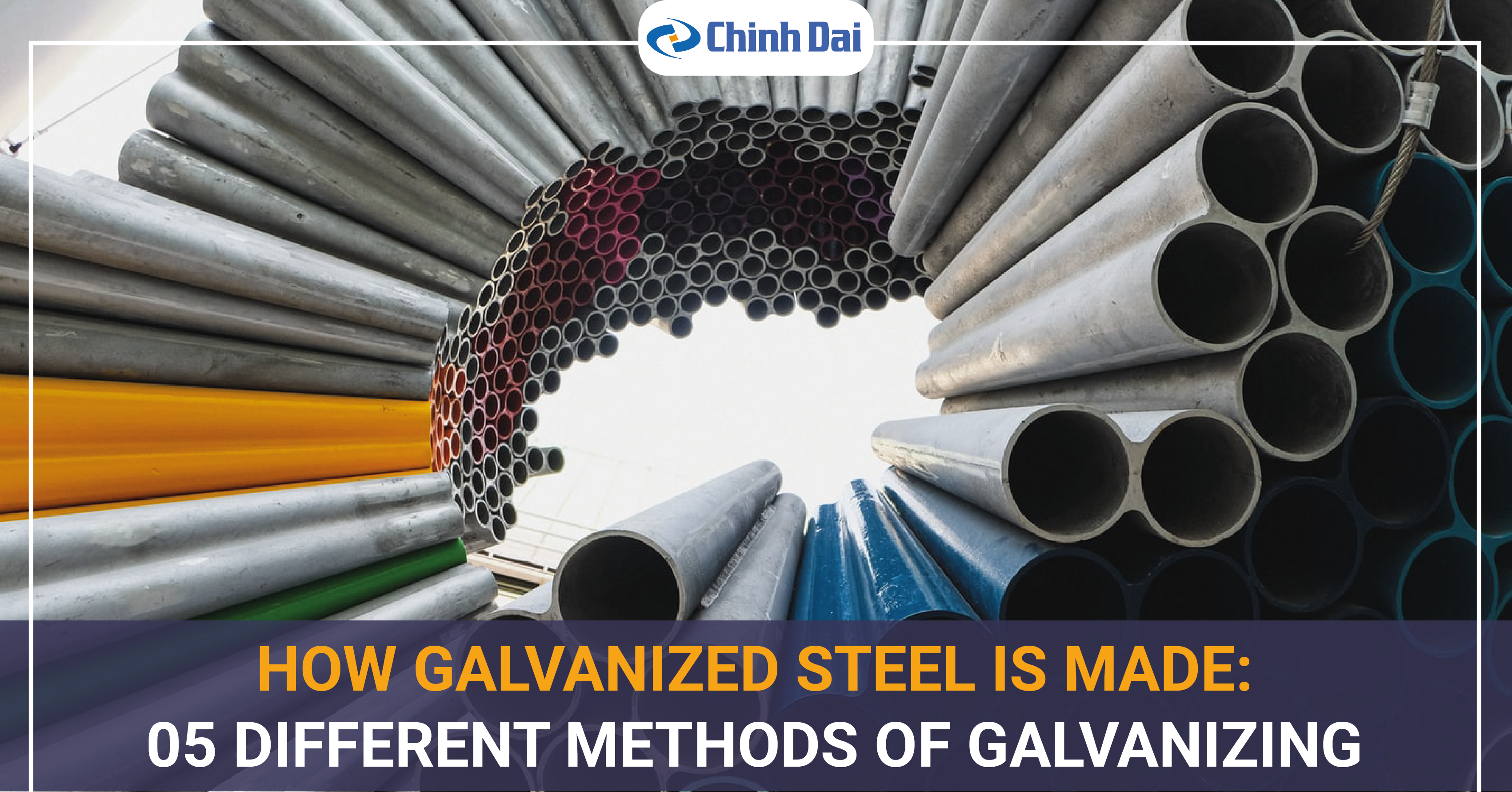
Invented in the eighteenth century, galvanized steel has become one of the most commonly used materials around the world. There are several methods to make galvanized steel such as hot-dip galvanizing, electrogalvanizing, metallic spraying… How these methods are processed and which one is the most effective one? Let’s find out below.
Overview about galvanized steel
Definition
Galvanized steel is the result of a galvanizing process when the steel experienced several steps to get a protective coating made from zinc. This enhances the durability & strength of the steel by corrosion protection and gives the steel a rugged look.
Advantages & Applications
Thanks to several advantages that the steel gets from the galvanizing process such as ready to use, costs little to maintain, lasts longer than other protection, resists rust and has a complete protection; galvanized steel is widely used in many industries. You might find it everywhere: buildings, cars, lighting on the streets… and even in interior design.
For more information about galvanized steel, please click here.
05 different methods of galvanizing
Several methods of galvanizing steel have been invented and developed. For now, there are 05 common methods used in the steel industry.
Hot-dipped galvanization
Definition
Hot dipped galvanization is a process where the metal is dipped into a molten pool of zinc.
The process
To galvanize the steel using this method, you need to follow these steps:
- Clean the surface to assure a quality bond can be made between the steel and the zinc coating. The cleaning process can be done either mechanically, chemically, or both.
- Flux the steel to wash away any residual oxides remained after the cleaning process
- Dip the steel into a molten pool of heated zinc
- Cool down process
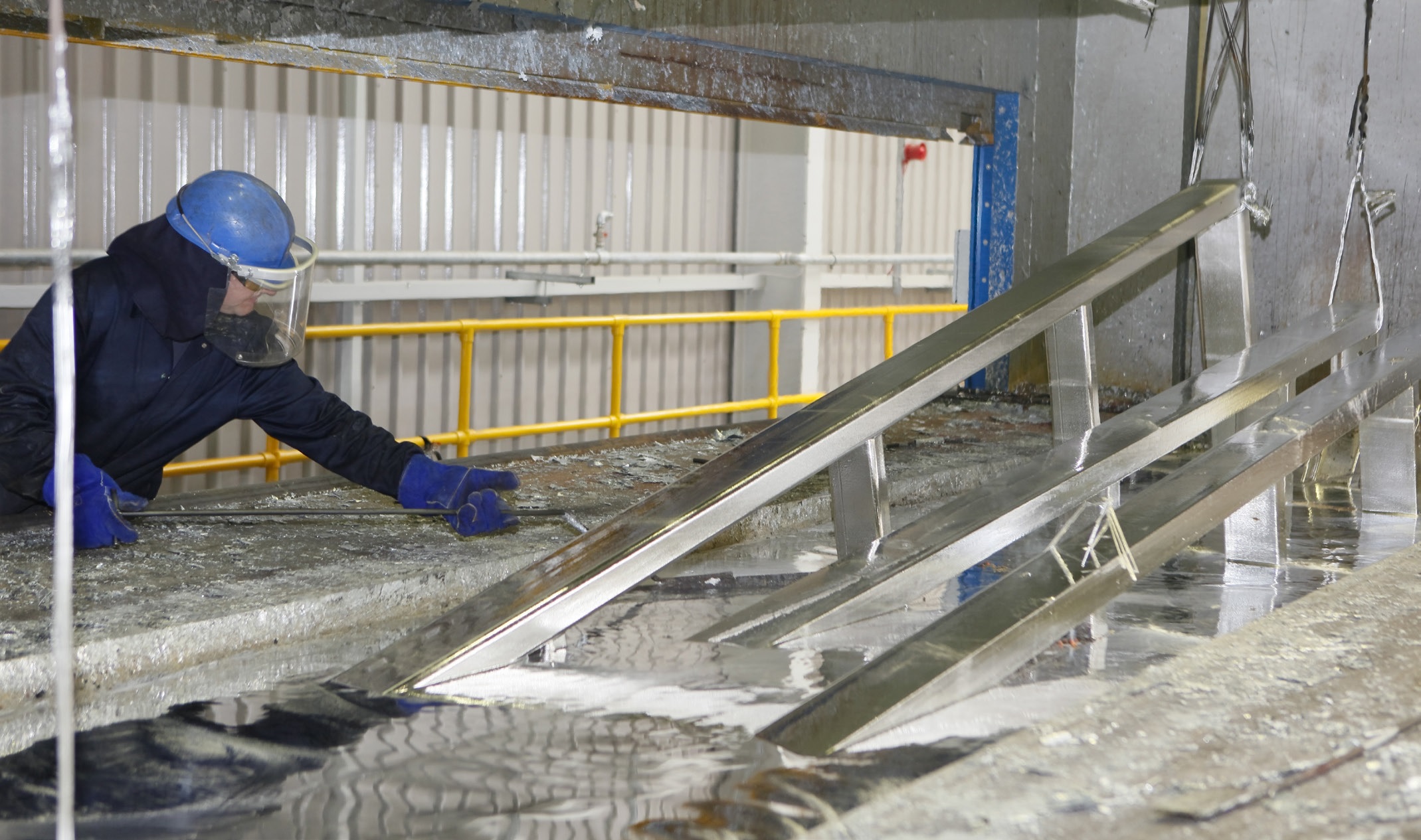
Advantages and disadvantages
After being removed from the pool and cooled down, there will be a reaction to the oxygen in the air that causes the zinc to become a part of the steel. A protective zinc coating is made economically and quickly no matter the shapes are. That’s why it is the most commonly used method in the industry.
The only disadvantage of this method is that the final coating might be inconsistent in comparison to other galvanizing processes.
Galvanealing
Definition
As the name suggests (galva-nealing), this method is the combination of the hot dipped galvanizing and annealing processes. The result of galvannealing is a special zinc coating on the steel.
The process
Galvannealing involves the process of the steel being hot-dipped into a zinc bath, passed over by the air knives to remove the excess zinc then taken into an instantaneous annealing in a few seconds. The result of the whole process is an alloy with a matte gray finish which can be cut to various dimensions upon request.
Advantages and disadvantages
The core advantage of galvannealing method that makes it preferable to other coating processes is the matte finish, which is excellent for paint adhesion. Also, the process also results in a tougher coating (in comparison to other galvanization methods) which is effectively resistant to scratches and other forms of superficial damage.
Pre-galvanizing
Definition
This method is also known as the mill galvanizing. It is very close to the hot dipped galvanization but performed at the steel mill on the materials that already have a specific shape.
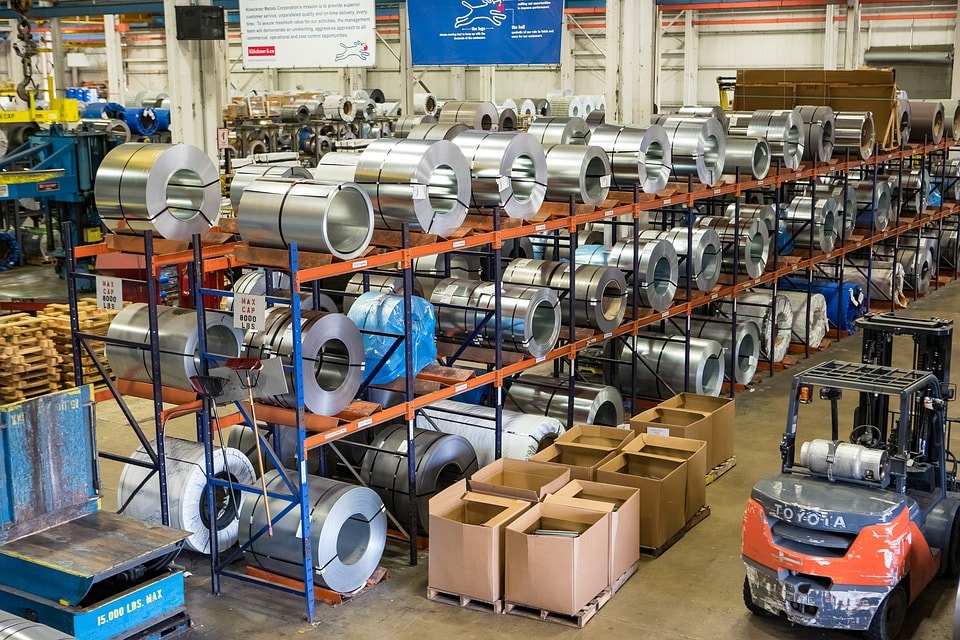
The process
Pre-galvanizing process consists of some steps of hot dipped galvanization such as cleaning the surface, dipping into a hot zinc liquid bath combining with the recoiling process.
Advantages and disadvantages
This method allows large coils of steel to be galvanized and coated equally and quickly, compared to the results come from the hot-dipped galvanizing process.
However, once the fabrication process of the pre-galvanized steel begins, the exposed and uncoated areas will appear. For example, when a long sheet/a coil is cut into smaller size, the edges where the steel is cut are left exposed.
Electro-galvanizing
Definition
Unlike the previously listed methods, electro-galvanizing does not require a molten vat of zinc. This process is basically an electrolyte solution that utilizes an electrical current to transfer zinc ions onto the steel.
The process
To electro-galvanize the steel, we electrically reduce positively charged zinc ions to zinc metal. These ions then will be deposited on the positively charged material. During the process, grain refiners can be added to ensure a smooth coating on the steel.
Advantages and disadvantages
Also known as a mill-galvanizing process, electro-galvanizing is typically done at the first stage of production. This method is extremely helpful when it comes to the requirement of galvanizing a roll or a sheet of metal with uniform coating at precise thickness. However, this thickness is smaller than what is achieved by the hot dipped galvanizing method. The corrosion protection hence might be reduced.
Galvanizing advanced high-strength steel
The process
This is a new method of galvanizing steel and as the name suggests, it is like an upgraded version of the hot-dipped galvanizing method. Besides being cleaned and dipped into a hot zinc pot, the steel coil will also be put through a chemical treatment to passivate the rust. The steel then will be tempered and tension-leveled to produce a higher quality surface than other traditional methods.
Advantages and disadvantages
This method produces galvanized steels with better surface quality, which is also light-weight and exceptionally strong. However, the process is not common yet so the price is fairly expensive for both producing and purchasing.
In general, all galvanizing methods consists of 04 fundamental steps:
- Surface preparation. This stage might be a list of steps that helps removing the oxides and other contaminating residues to obtain the cleanest possible surface
- Fluxing: This stage aims to create a protective coating to prevent any oxidation before entering the galvanizing process
- Galvanizing: The main stage of the process to coat a zinc layer over the surface of the steel
- Finishing: After the galvanizing stage, this helps cool down the steel. Sometimes, more treatments (such as chemicals) will be added to enhance the protection of the zinc coating; and removing zinc drips or spikes are also included.
Of all the listed methods, hot-dipped galvanization is the most commonly used one that produces galvanized steel with thick coating. Meanwhile, pre-galvanizing is the method that is widely used at mills for the first stage of production.
Chinh Dai Steel – the reputed manufacturer of galvanized steel
How to choose high quality galvanized steel?
Based on specific requirements, there’ll be suitable steel types with different treatment of galvanizing. However, high quality galvanized steel still possess quite the same criteria such as followings:
- The product comes from factories with high production capacity and qualify the international standards that are widely applied for galvanized steel such as ASTM (American Society for Testing and Materials), JIS (Japanese Industrial Standards), or AS/NZ (Australian/New Zealand Standard)
- The finished product should be fully labeled so you will be able to check the origin of the product. This ensures that the steel you buy is from a prestigious supplier/manufacturer.
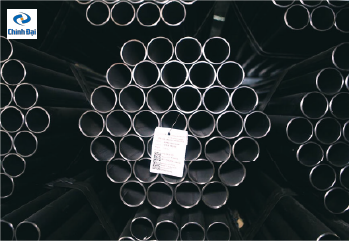
- The surface should be smooth and bright, and there of course should not be any sign of corrosion.
Chinh Dai Steel – the reputed manufacturer of galvanized steel
Experiencing over 20 years of development in international markets and currently possess 03 factories with a production capacity of over 600,000 tons annually, Chinh Dai Steel produces and supplies galvanized steel products that tick all these boxes.
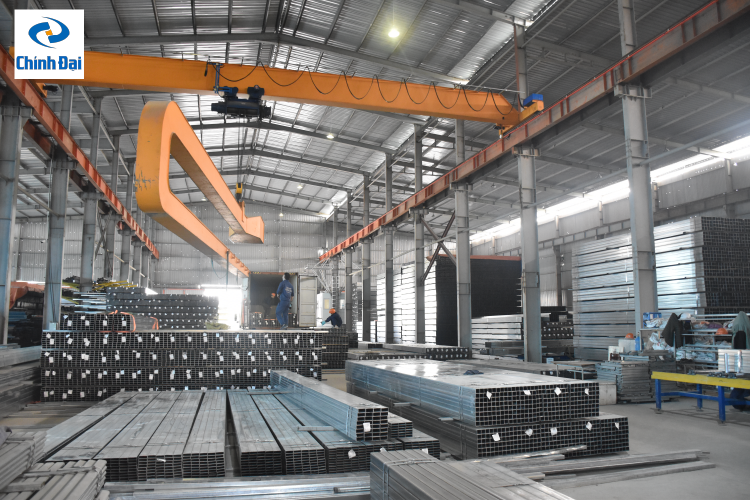
The galvanized steel products of Chinh Dai Steel (such as galvanized rolled steel coils, pipes, purlins and other fabricated products) are made from high-quality imported materials with the zinc coating from Z120 – Z275. Our products also meet international standards such as ASTM (A500, A53 & A513) AS / NZ 1163, JIS G3444, and EN 10219. You can easily check the origins of every product on its own labels with QR codes.
Final words
Being widely utilized since the eighteenth century despite many industrial revolutions, galvanized steel is like the base material of the world. In the near future, there might be more advanced methods that simplifies the galvanizing process yet maintains the quality of the steel. To understand the general process of galvanizing and know how to choose the high quality steels is still the key to achieving success with your project.
